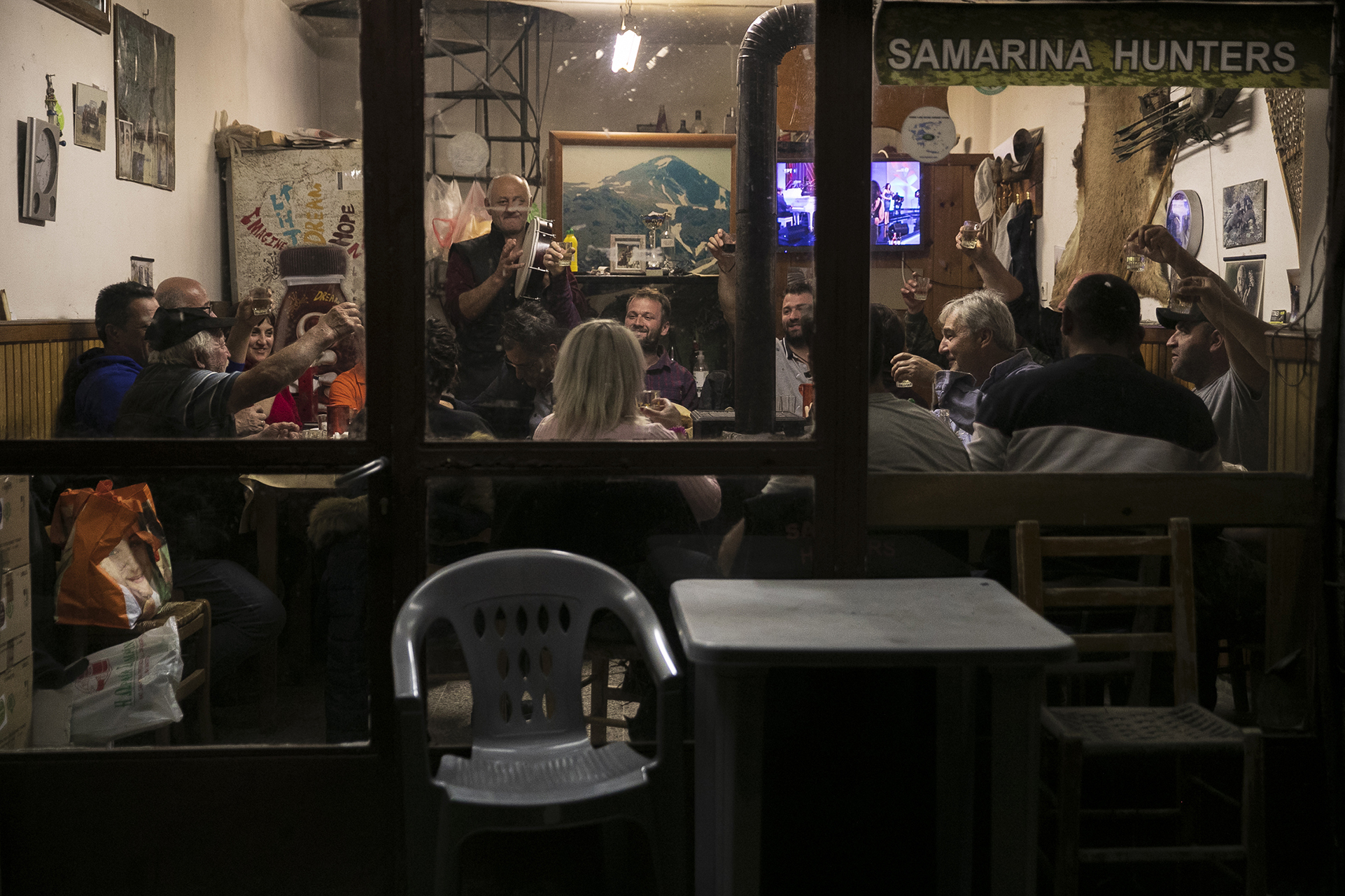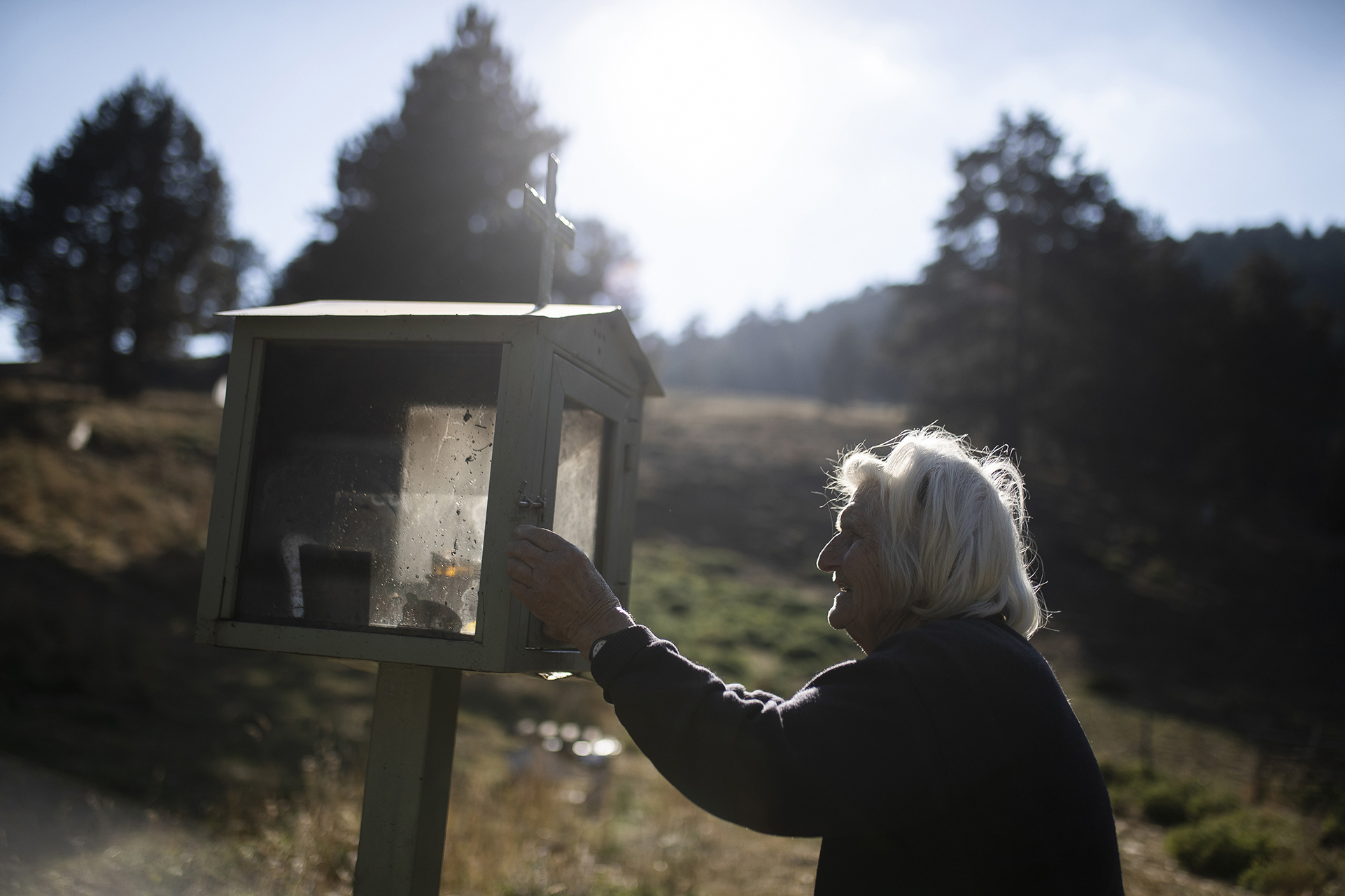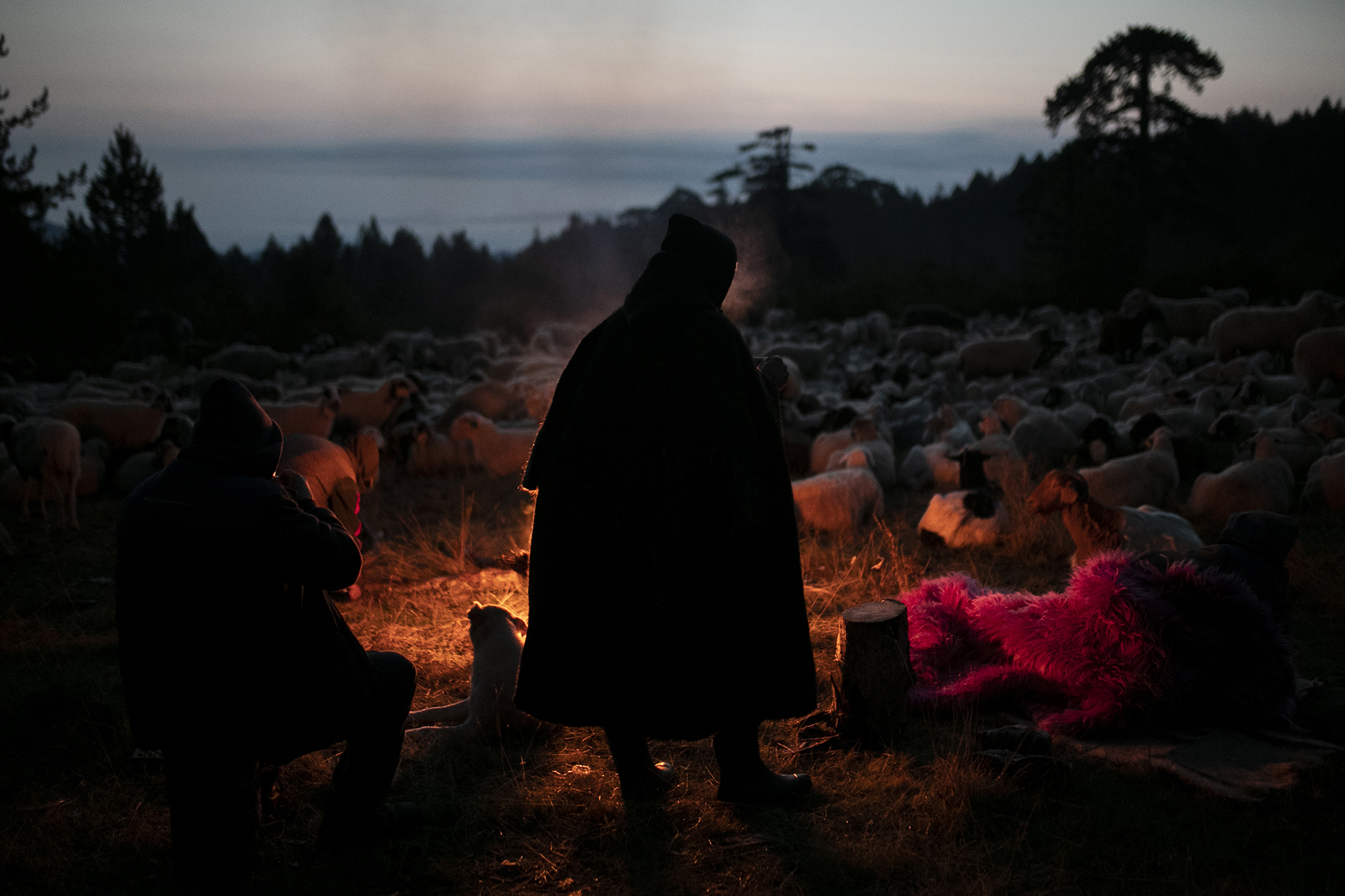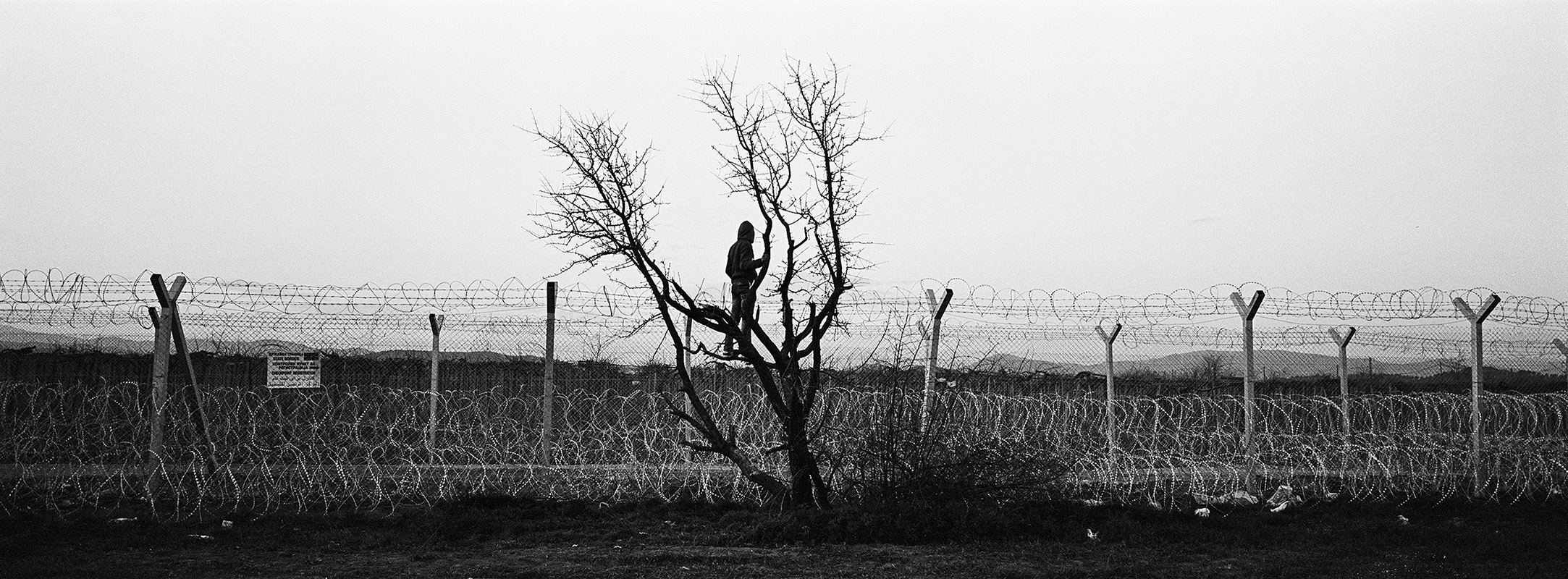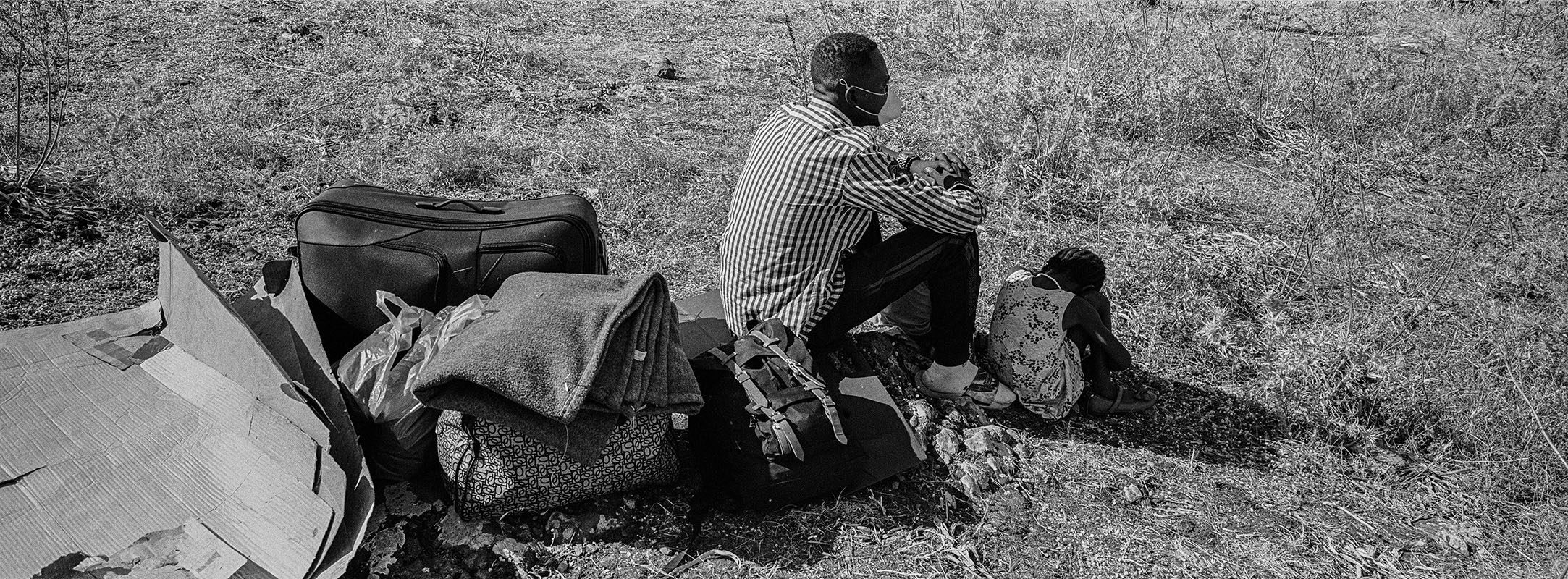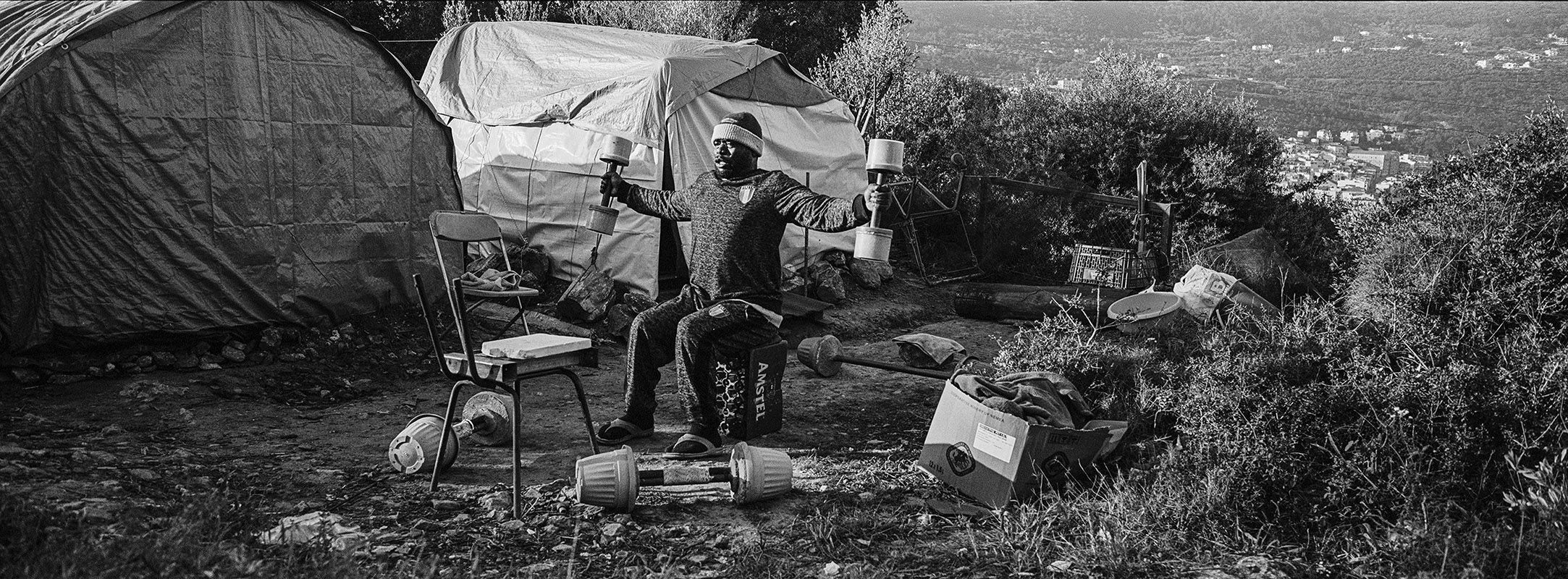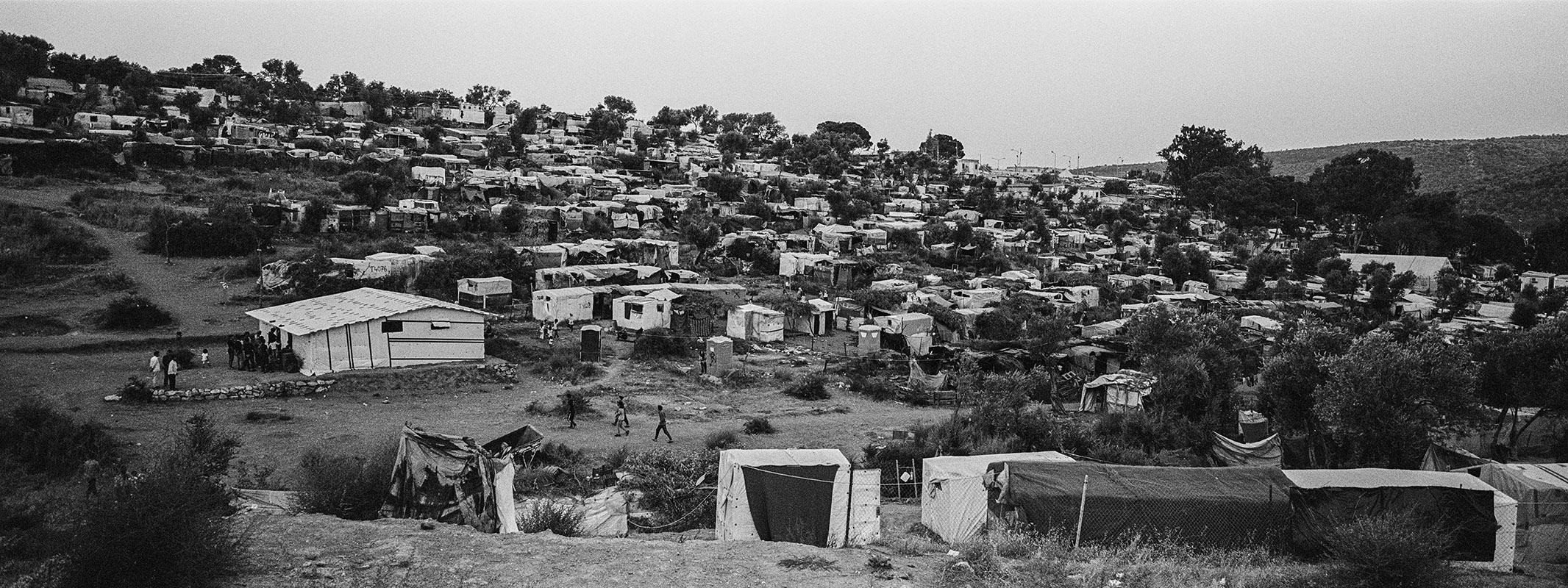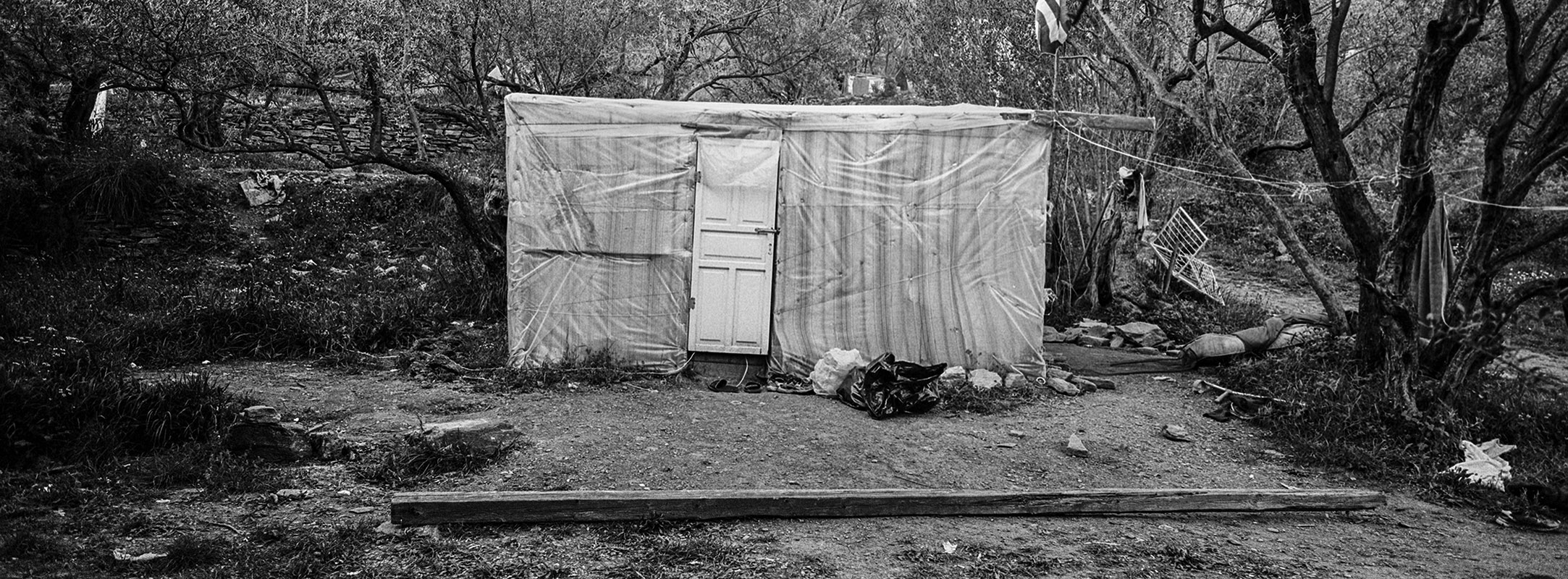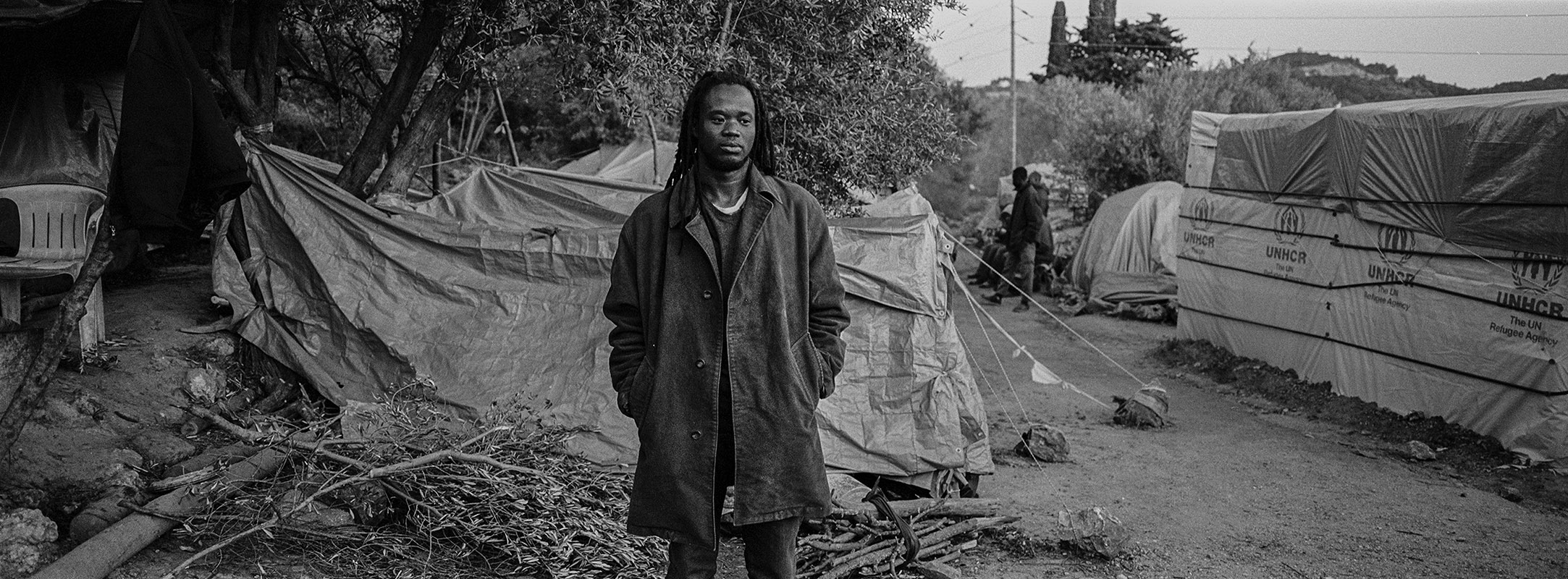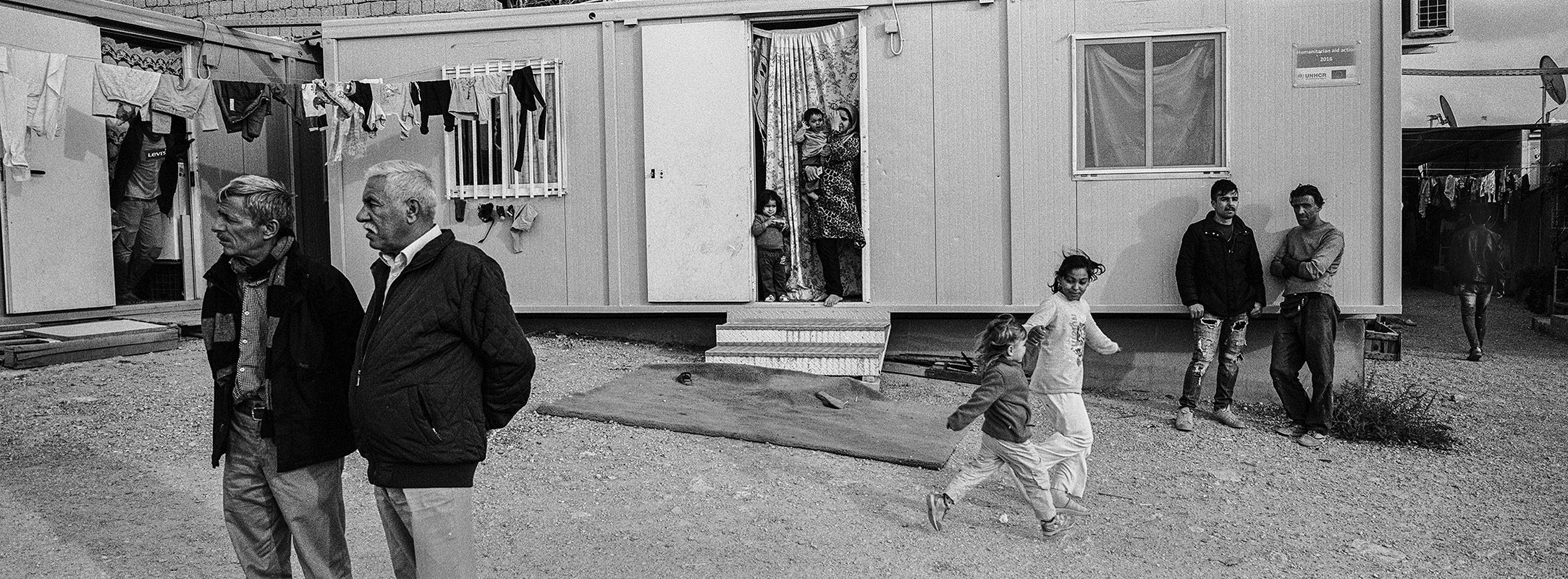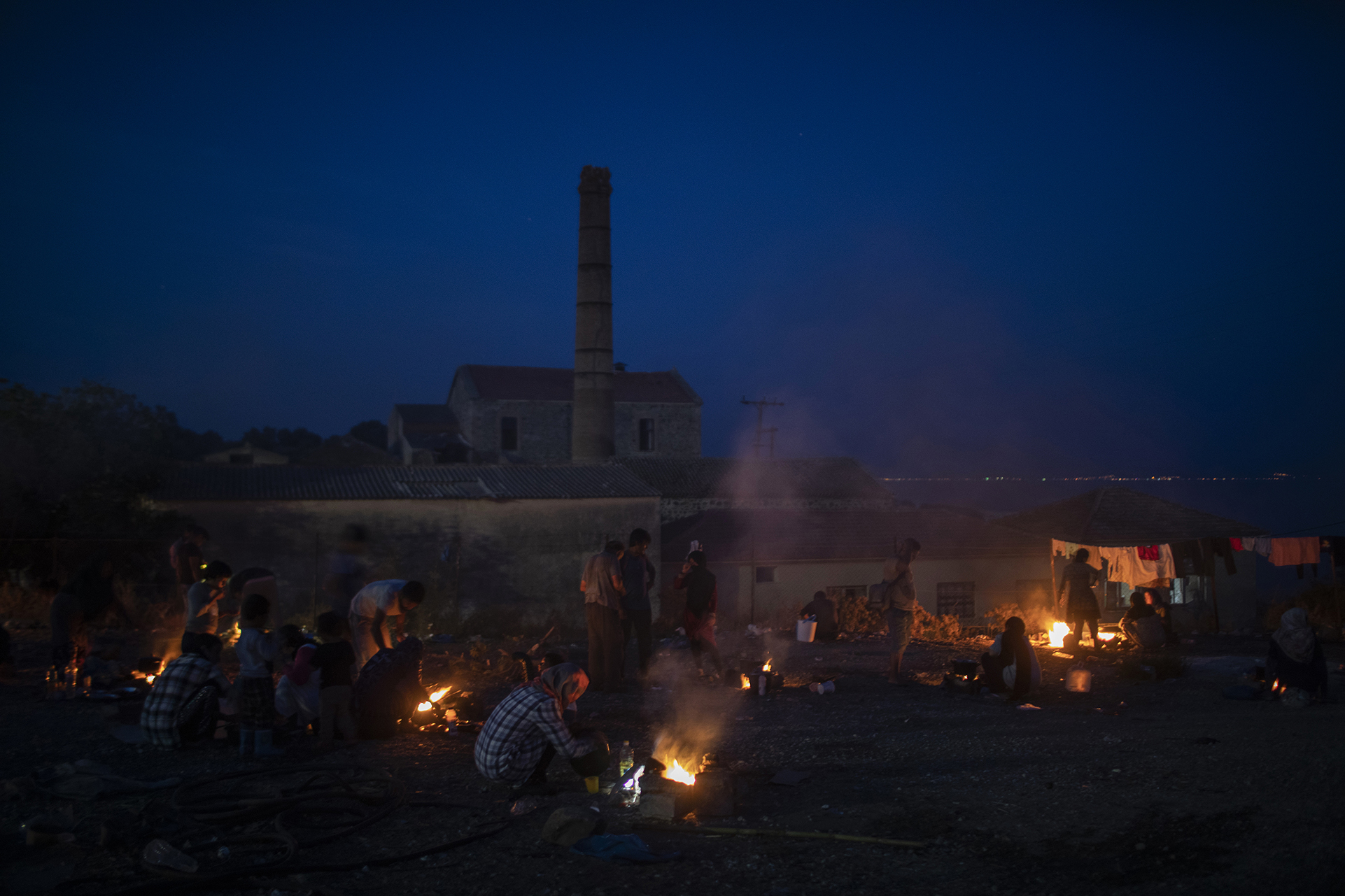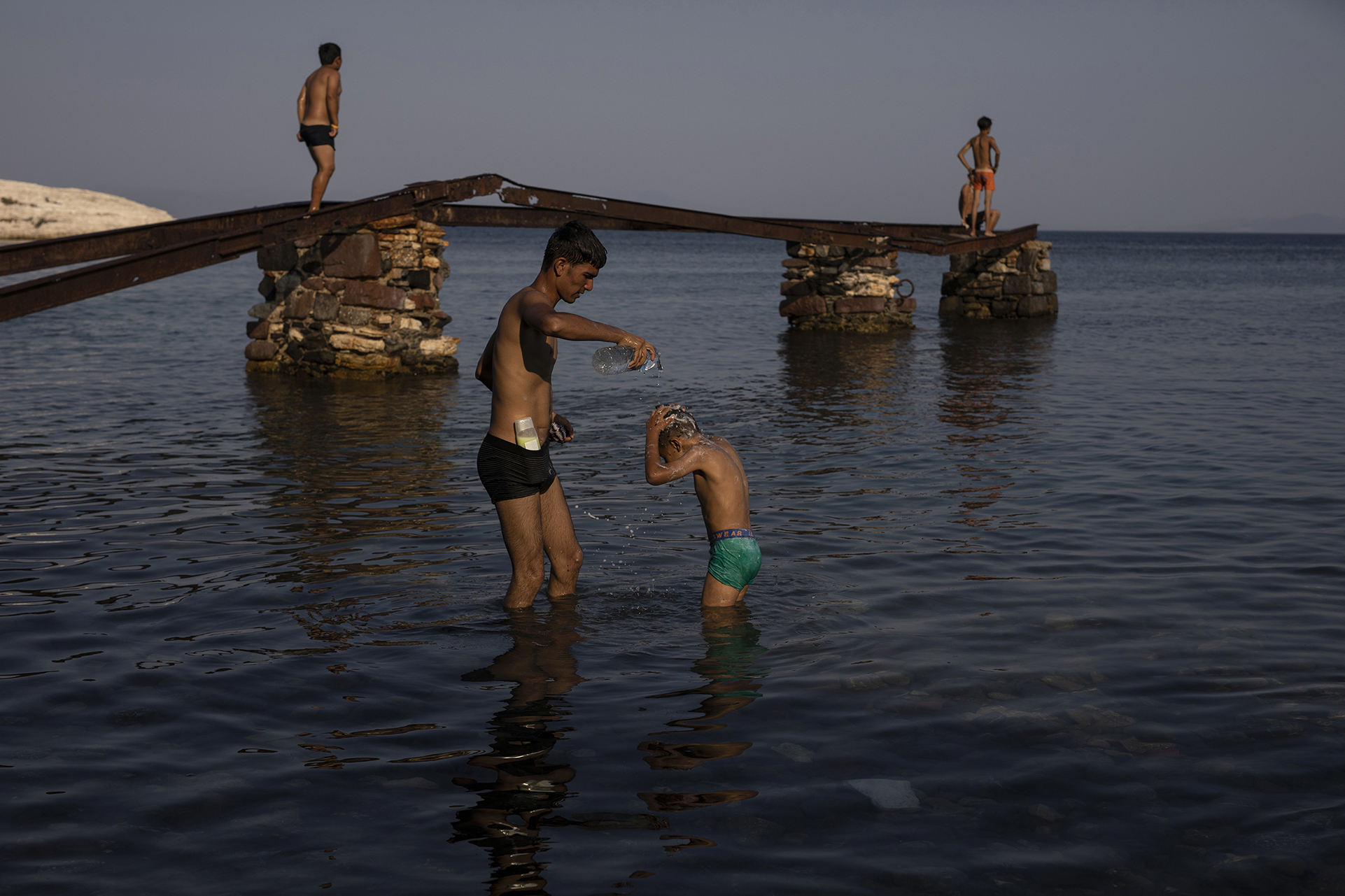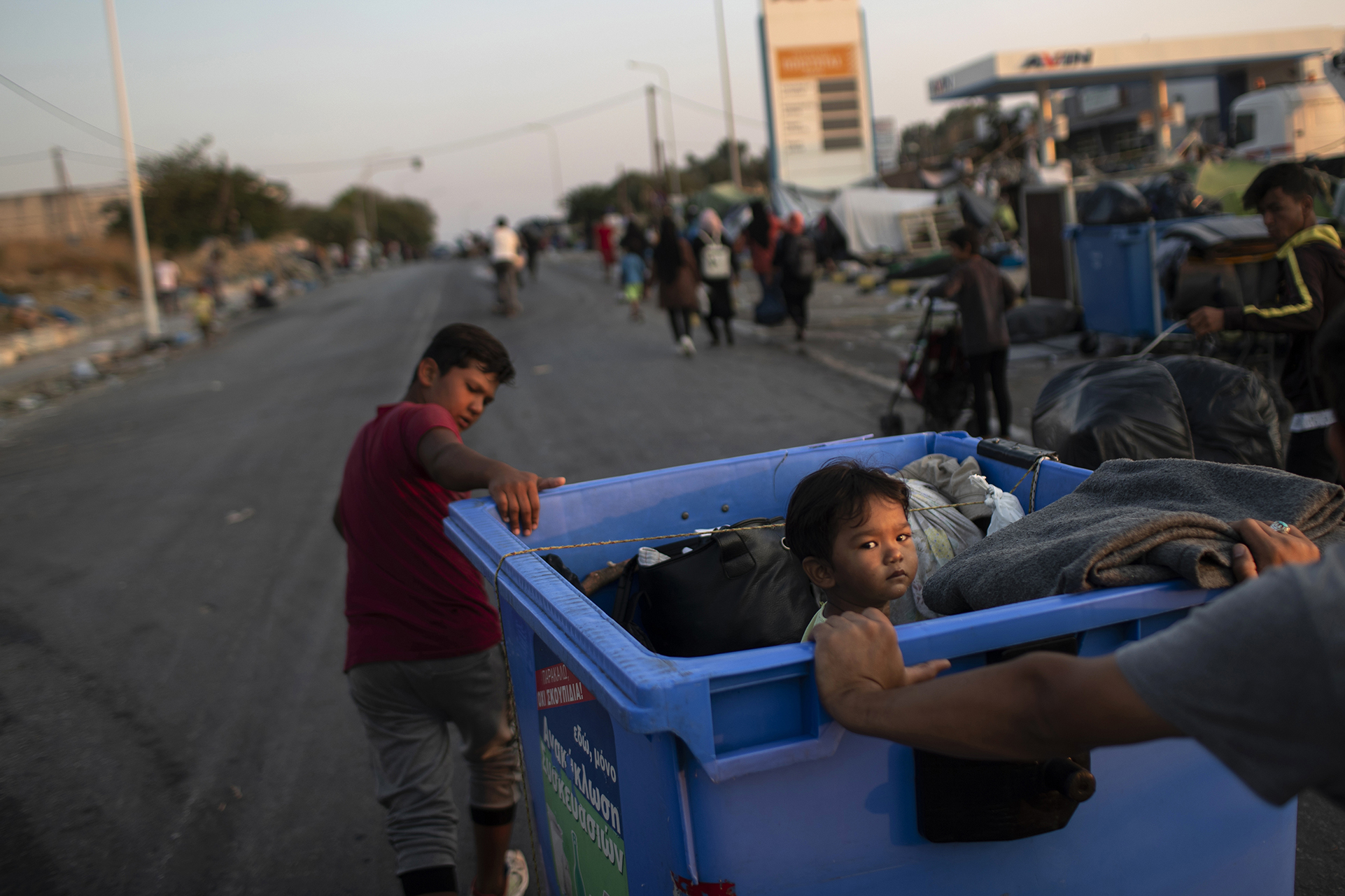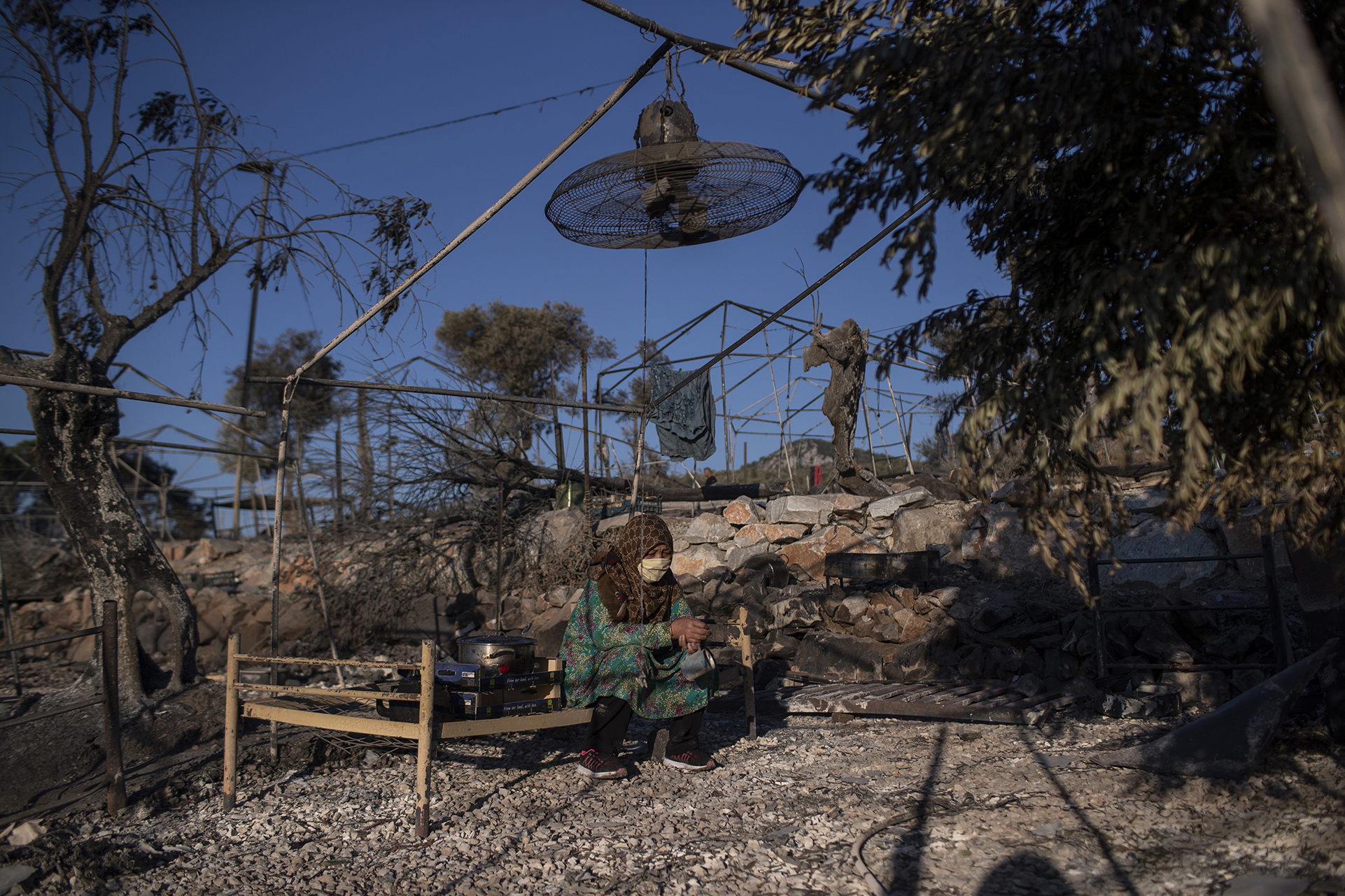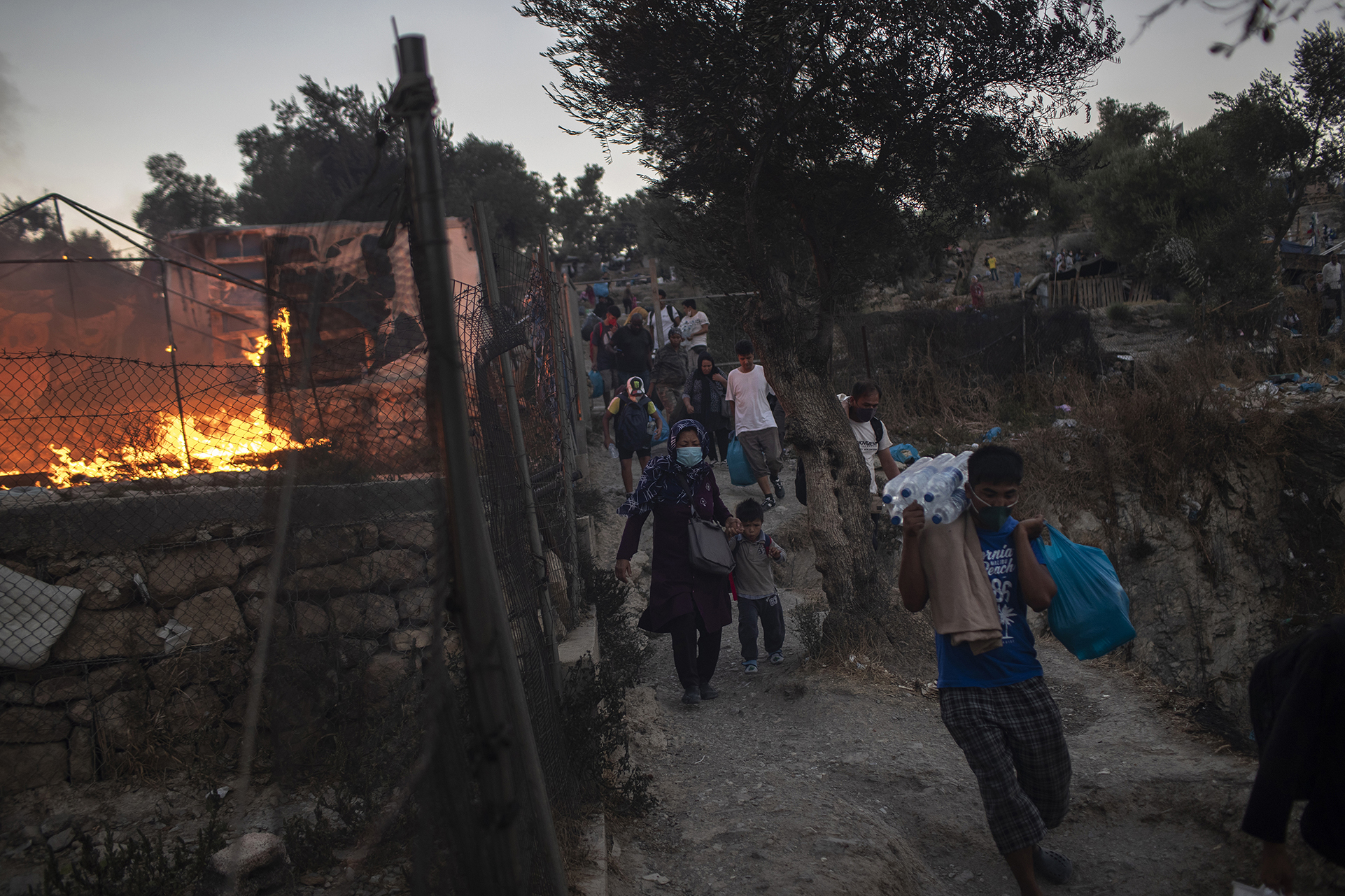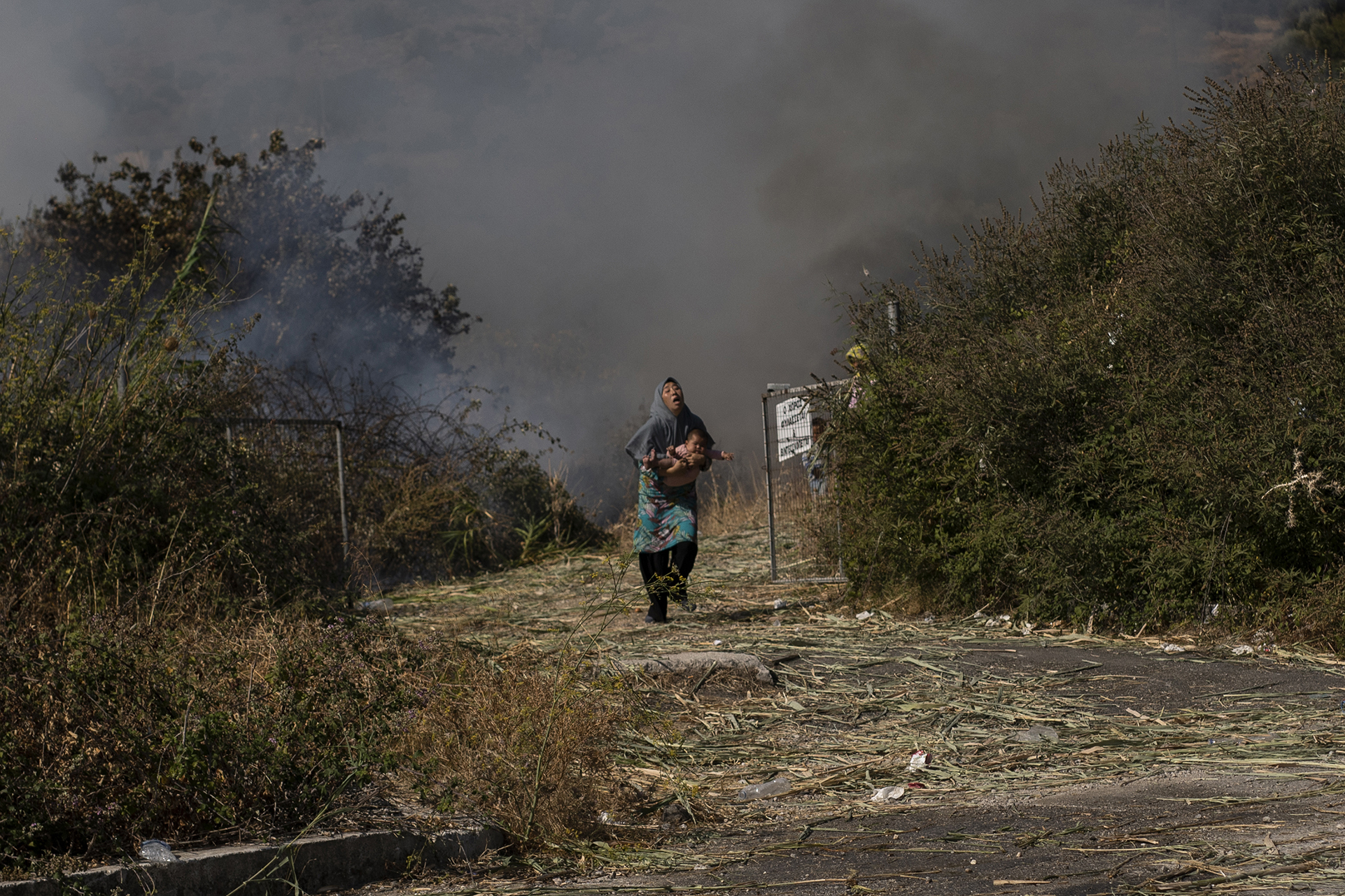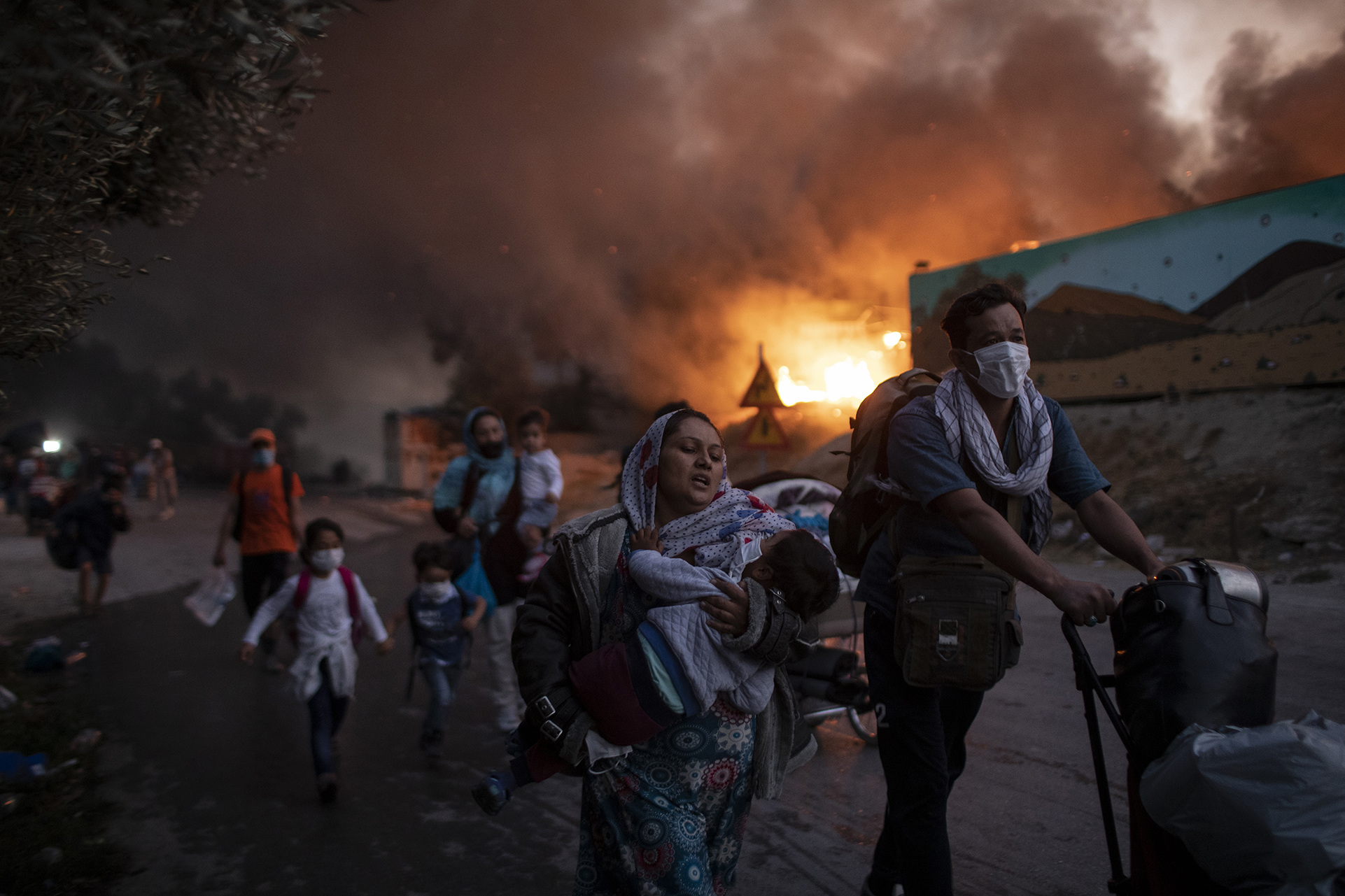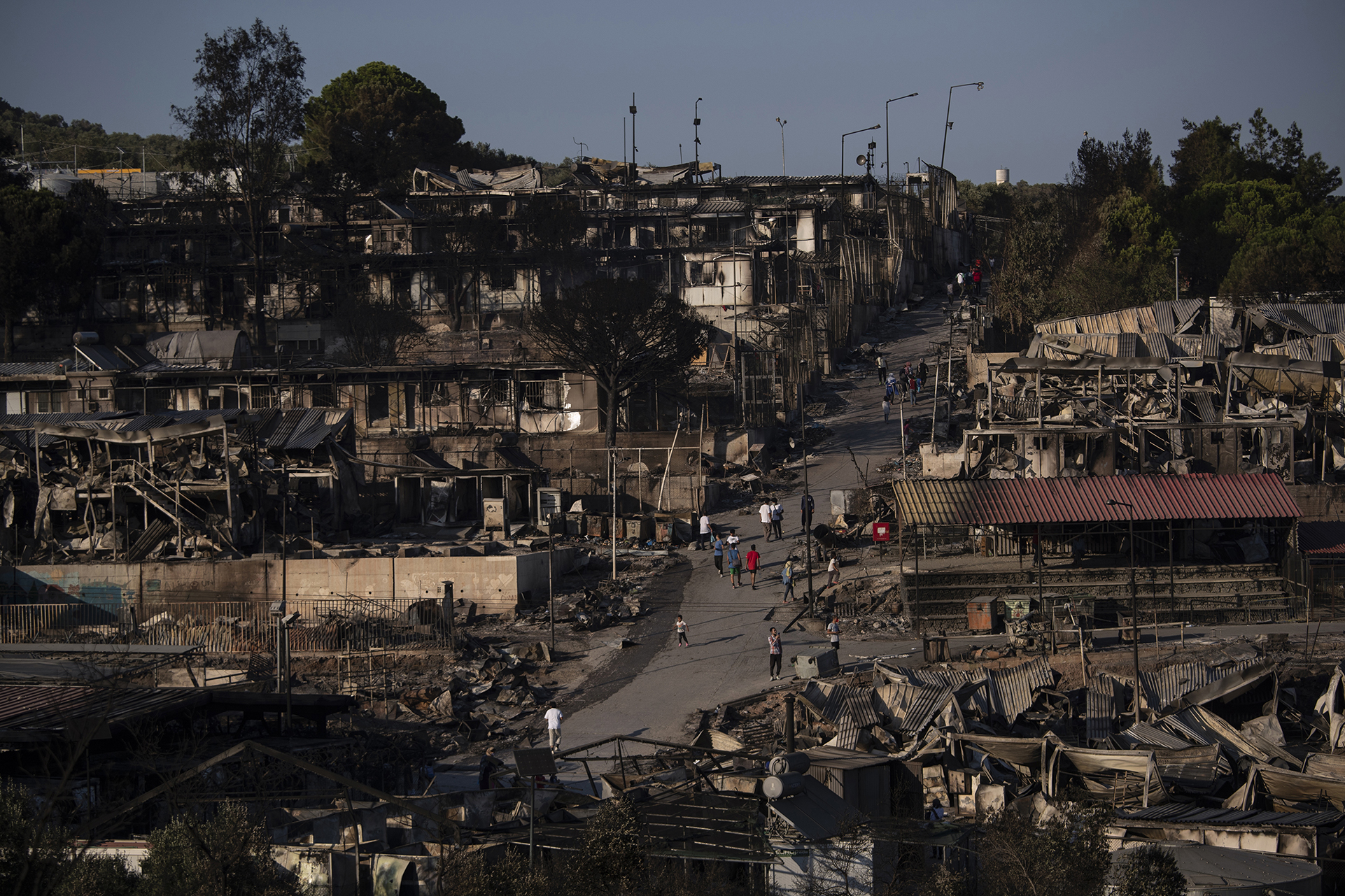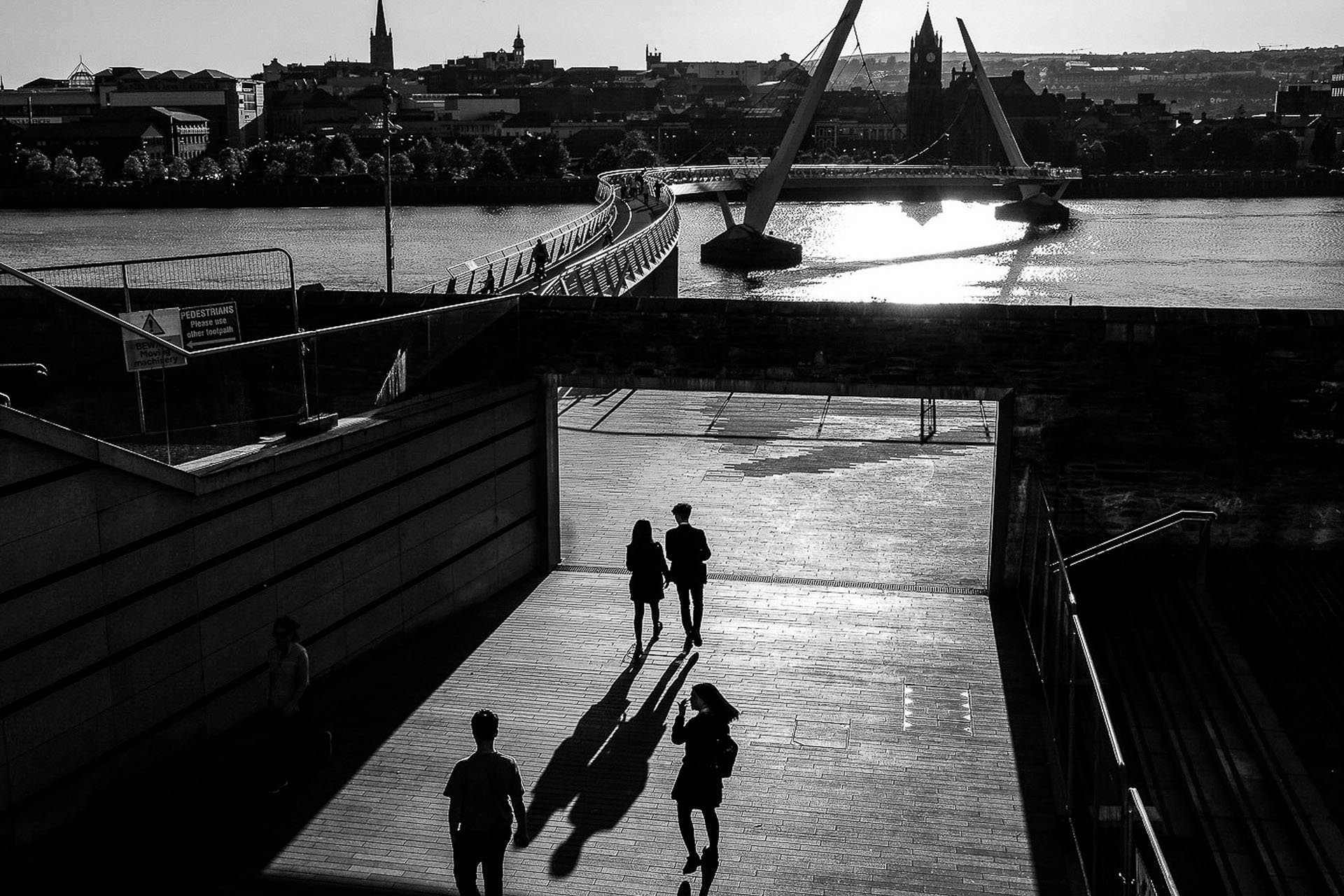Moria, The End
The Moria refugee camp was never far from crisis. Created in 2013, before a massive influx of migrants five years ago, Greece’s largest refugee facility quickly exceeded capacity, spilling into surrounding olive groves on the island of Lesbos. With its squalid living conditions, frequent protests, and tension with local communities who saw their livelihoods disputed, Moria became a symbol of the impasse facing the European Union, unable to address the volatile migration issue with a policy accepted by all of its member states. The camp’s life ended as it began, in drama: Successive fires that started before dawn on the 9th of September, devastating the site and making 12,000 inhabitants homeless during a COVD-19 lockdown. Lesbos was again faced with a humanitarian crisis on a scale not seen since 2015, as families slept outdoors, most on the side of a highway near the gutted camp. Protests quickly broke out as many migrants sought to travel to Greek mainland and onto Europe, while authorities feared they might lose control of the spread of the pandemic. The crisis was eventually contained with a heavy deployment of police, a swift payout of European Union emergency aid, and the use of the army to build a tent city with a capacity of 10,000. The government says that what remains at Moria will be demolished, while its former inhabitants prepare to spend the winter in tents.








